20 No-Cost Gardening Tricks That Really Work
Gardening does not have to be expensive to be rewarding. With a little creativity, you can keep your plants healthy and your garden looking vibrant without spending a single cent. Many everyday items around the home can be repurposed into useful gardening tools and supplies. These ideas work well for both small spaces and large backyards. They also help reduce waste, making them good for the environment. Whether you are new to gardening or have years of experience, these tips are easy to try.
This post may contain affiliate links, which helps keep this content free. Please read our disclosure for more info.
Compost From Kitchen Scraps
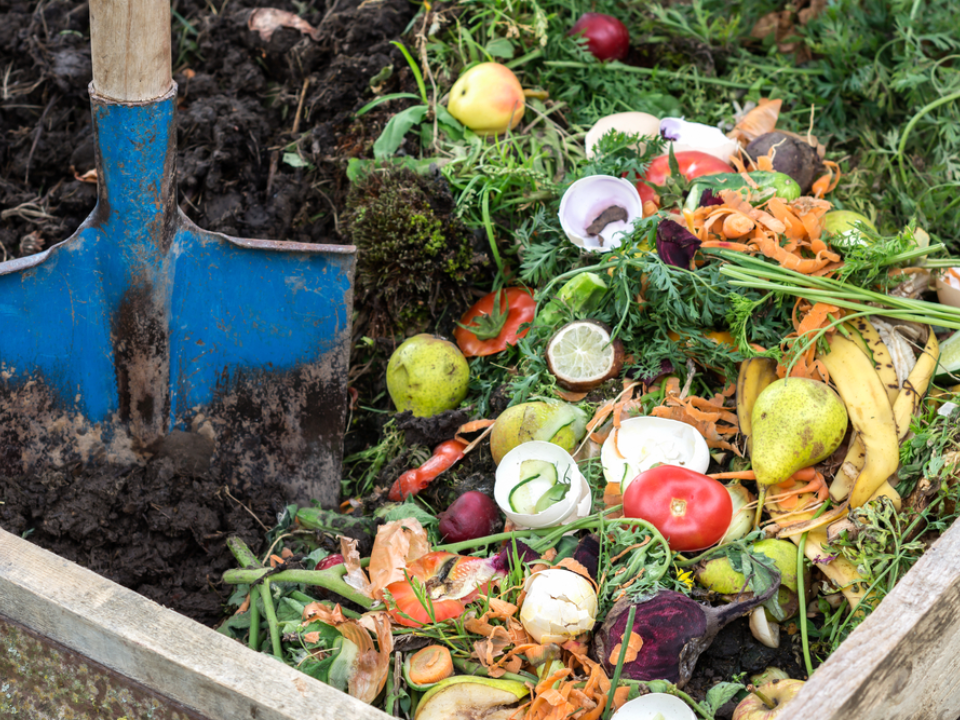
Turning leftover food scraps into compost is a simple way to improve soil without spending anything. Vegetable peels, fruit cores, eggshells, and coffee grounds all break down into nutrient-rich material that benefits plants. This method reduces household waste while creating a steady supply of organic matter. A small container or bucket can be kept in the kitchen for collecting scraps before transferring them to a compost bin or pile.
The composting process works best when materials are layered with yard waste such as dry leaves or grass clippings. Stirring the pile occasionally helps it break down faster. After several weeks or months, depending on the climate, the compost will be ready to mix into garden beds. This results in healthier plants and better soil structure without the need for store-bought fertilizer.
Free Mulch From Fallen Leaves
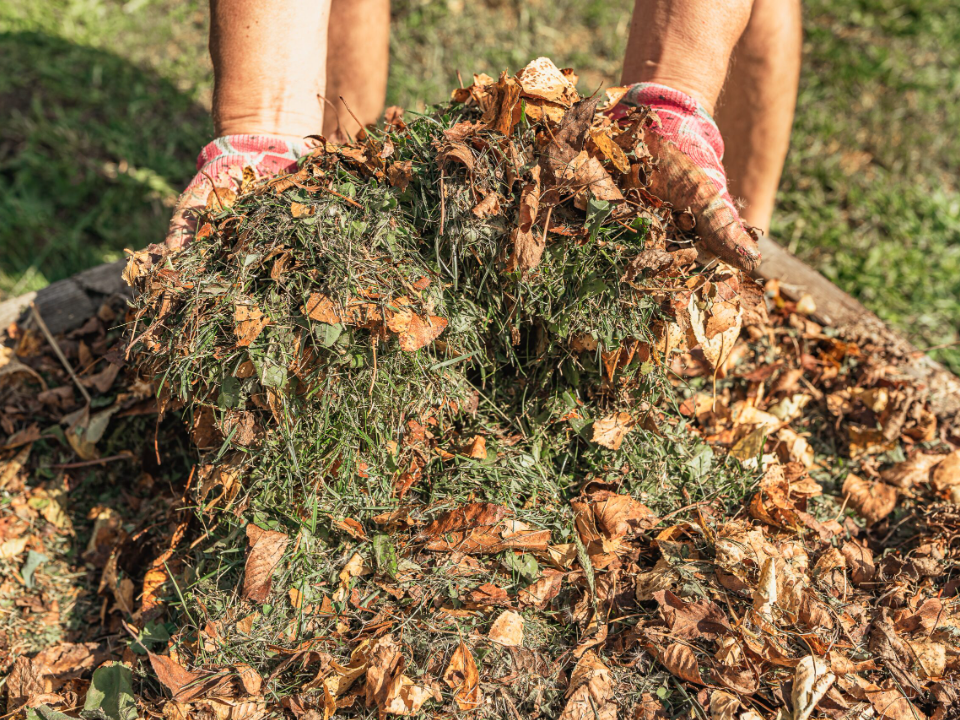
Instead of buying mulch, you can collect fallen leaves from your yard or neighborhood. Shredding the leaves helps them decompose faster and prevents them from blowing away. They create a protective layer over soil, helping to maintain moisture and prevent weeds. This method saves money while keeping leaves out of landfills.
Leaf mulch can be applied directly around the base of plants or used to cover entire garden beds during colder months. Over time, the leaves break down and enrich the soil with organic matter. This natural cycle improves plant health year after year. It is a simple and resourceful way to keep your garden looking cared for while using what nature already provides.
Use Rainwater for Irrigation
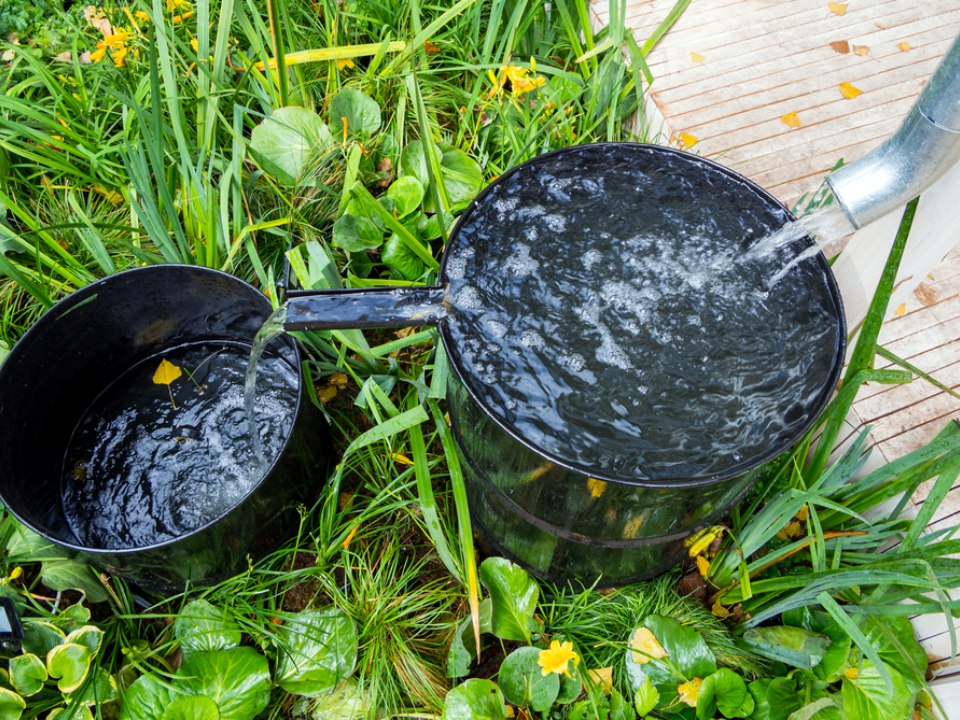
Collecting rainwater is a practical method to water your plants without adding to your utility bill. A bucket, large bowl, or even a clean trash can can be placed under gutters or open spaces during rainfall. This collected water can then be poured directly onto garden beds or potted plants. Rainwater is free from chemicals often found in tap water, which many plants prefer.
To store rainwater for longer periods, make sure containers are covered to prevent mosquito breeding. Even small amounts of water from light showers can be helpful during dry spells. This method is especially useful for areas with limited water access. By making use of what nature provides, you save money while keeping your plants hydrated.
Plant Seeds From Kitchen Vegetables
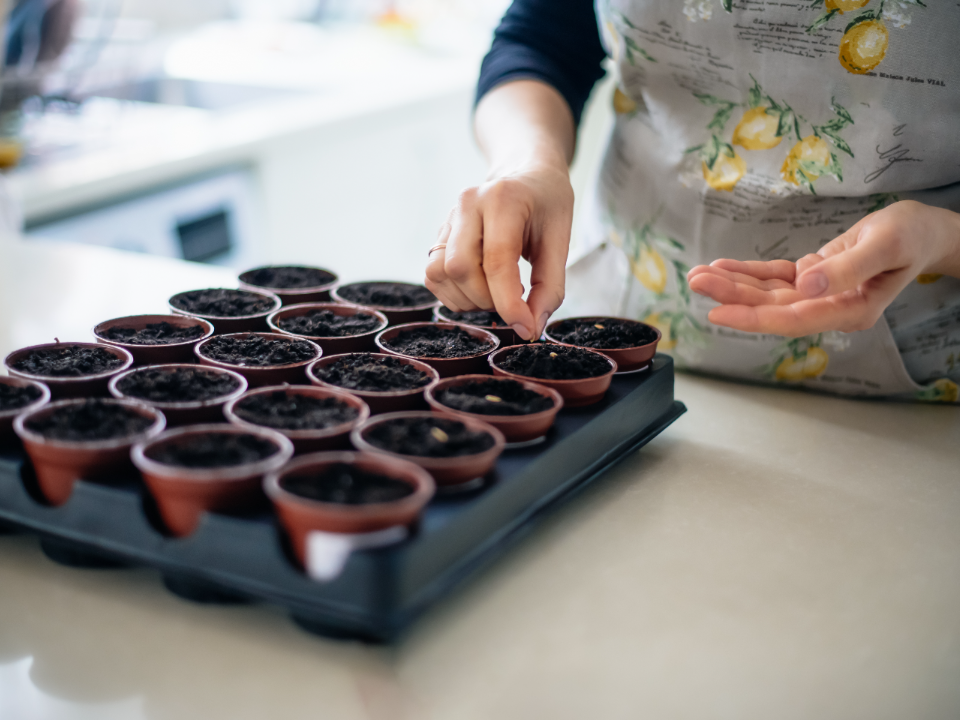
Seeds from store-bought vegetables can be reused to start new plants. Tomatoes, peppers, cucumbers, and squash often contain seeds that will grow well if cleaned and dried properly. This eliminates the need to purchase seed packets. Many gardeners find this method produces plants that adapt well to local conditions.
To prepare seeds, remove them from the vegetable, rinse them under water, and allow them to dry on a paper towel. Once fully dry, store them in a small paper bag or envelope until planting season. Some seeds may sprout better if soaked in water before planting. This free seed source is a great way to expand your garden each year.
Regrow Vegetables From Scraps
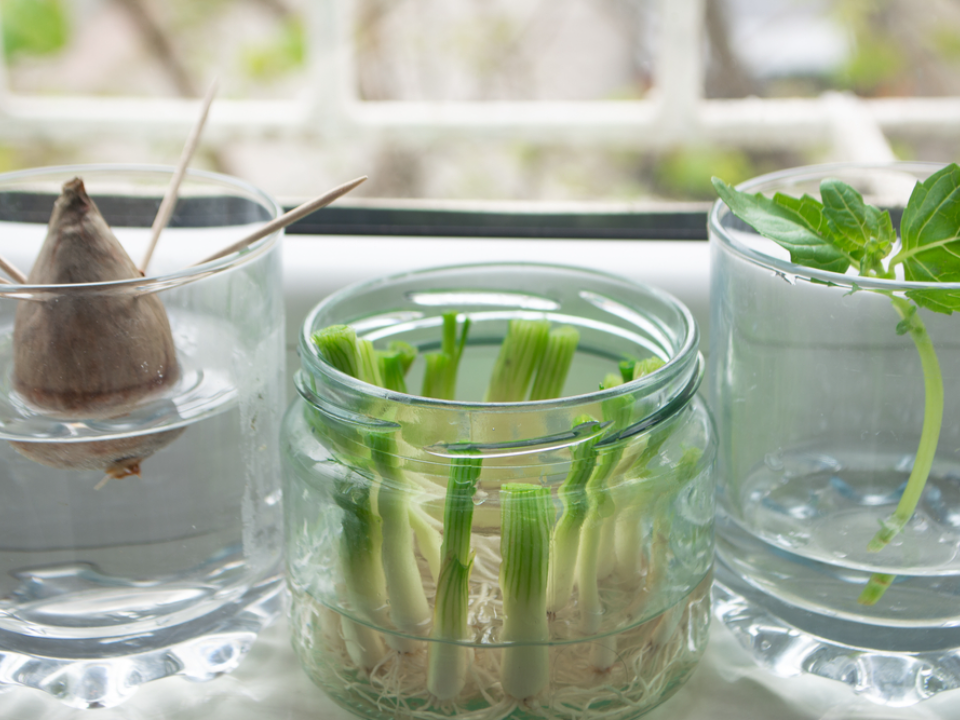
Many vegetables can be regrown from leftover stems, roots, or leaves. Green onions, celery, lettuce, and bok choy can grow again when placed in a shallow container of water. Once new roots or leaves appear, they can be transplanted into soil. This is an easy way to produce fresh greens at home without buying new ones.
This method works best in a sunny location indoors or on a balcony. The process can be repeated multiple times for a steady supply. Over time, you may find that regrowing scraps becomes part of your regular kitchen routine. It is an effective way to make the most out of every grocery purchase.
Homemade Plant Fertilizer From Weeds
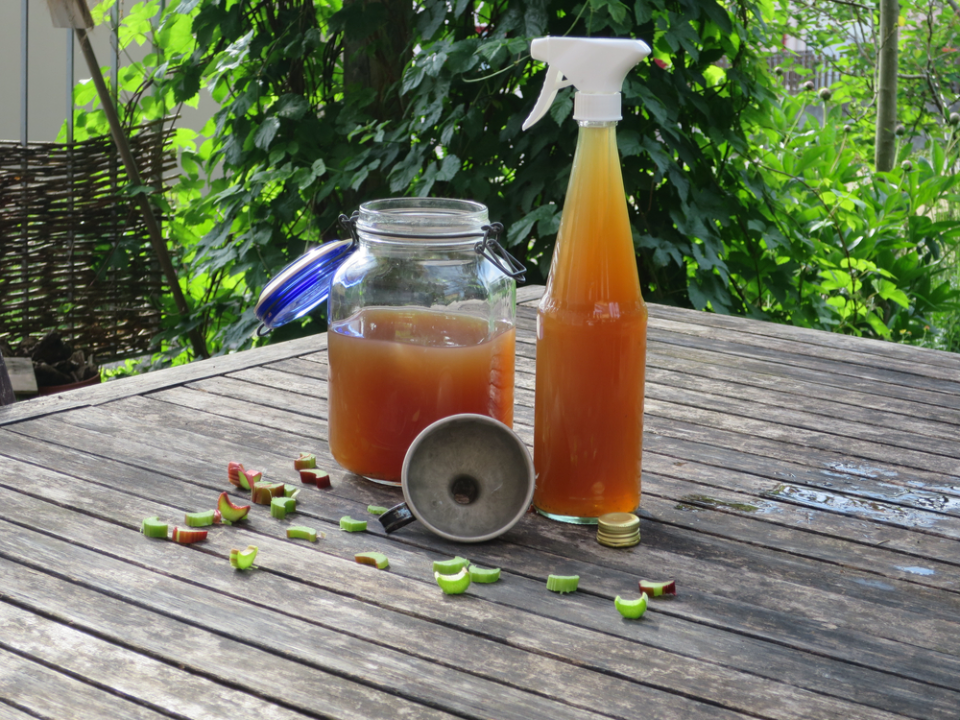
Weeds can be turned into a nutrient-rich liquid fertilizer by soaking them in water for several weeks. The resulting liquid contains minerals that plants need for healthy growth. Dandelions, nettles, and comfrey are particularly good for this purpose. This avoids the expense of buying commercial fertilizer.
To make it, fill a bucket with weeds, cover them with water, and let the mixture sit in a shaded area. Stir it every few days until it develops a dark color and earthy smell. Dilute the liquid before applying it to plants. This method turns a common garden problem into a valuable resource.
Create a Seedling Tray From Egg Cartons
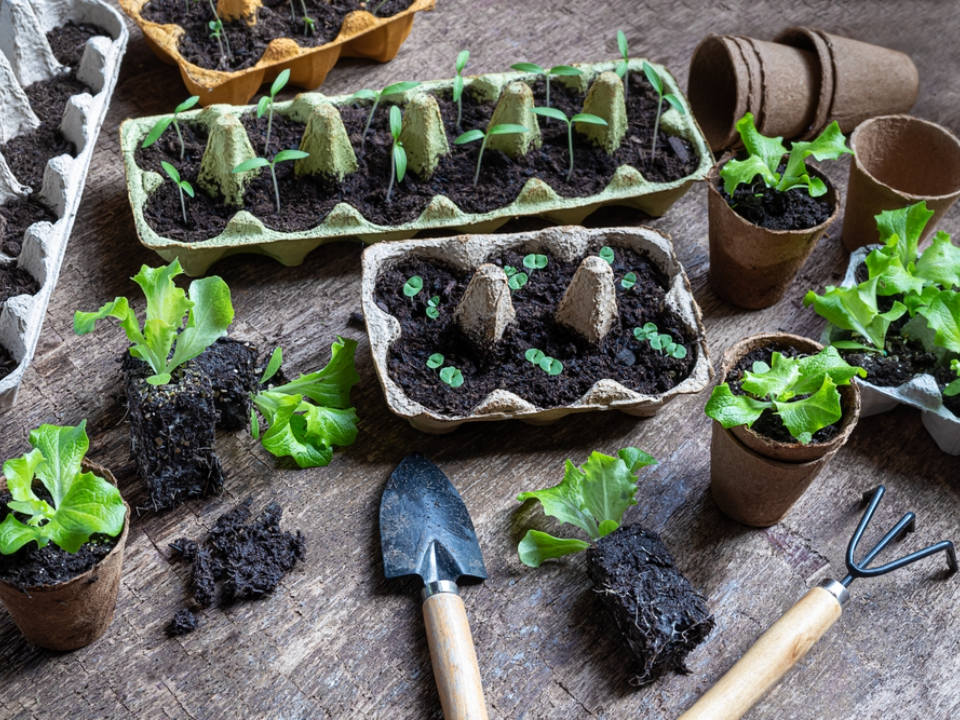
Egg cartons are an excellent free option for starting seeds. The small sections are just the right size for seedlings to grow until they are ready to be transplanted. Cardboard cartons break down naturally in the soil, so you can plant them directly without disturbing the roots. Plastic cartons can be reused multiple times.
To use them, fill each section with soil and plant one or two seeds. Keep them in a sunny spot and water as needed. Once seedlings grow strong enough, cut apart the sections and plant them outdoors. This simple reuse of packaging reduces waste while providing an ideal start for young plants.
Coffee Grounds as Soil Conditioner
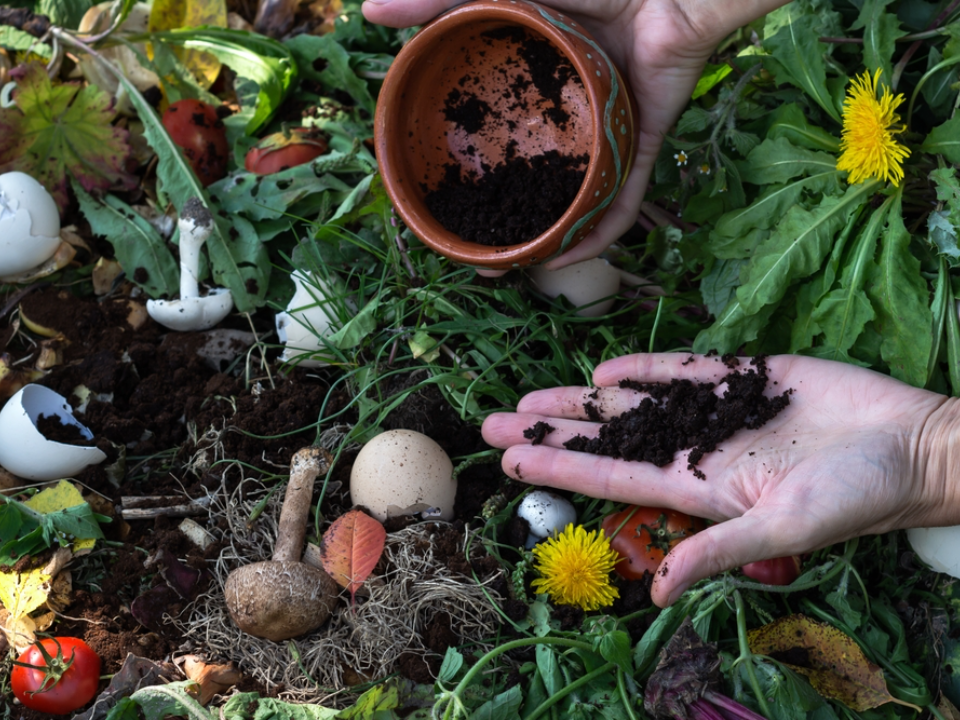
Used coffee grounds can improve soil structure and provide nutrients to plants. They are especially good for acid-loving plants such as blueberries, azaleas, and roses. Coffee grounds also help improve drainage in heavy soils.
Sprinkle them directly onto the soil or mix them into compost for best results. They can also help reduce certain pests in the garden. Collecting grounds from your own kitchen or local coffee shops can provide a steady supply at no cost.
Banana Peels for Nutrients
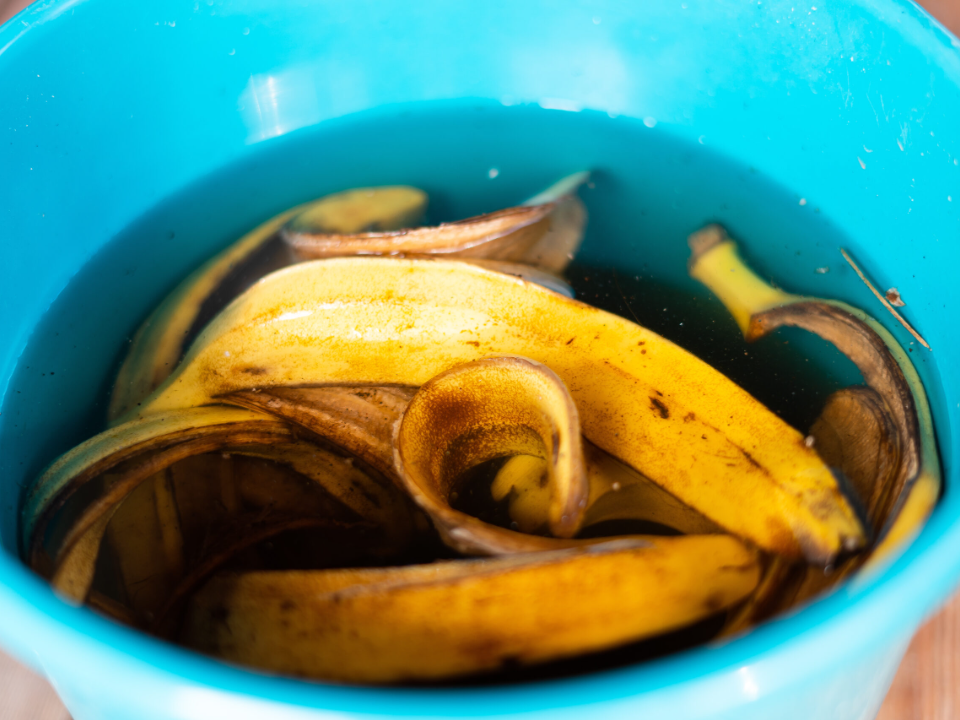
Banana peels are rich in potassium and other minerals that benefit flowering and fruiting plants. They can be chopped and buried around the base of plants to release nutrients as they decompose. This method is particularly helpful for tomatoes, peppers, and roses.
Another option is to blend banana peels with water to create a quick liquid feed. This allows the nutrients to be absorbed faster by the plants. It is an easy way to use food waste for better garden growth.
DIY Bird Feeder From Scrap Materials
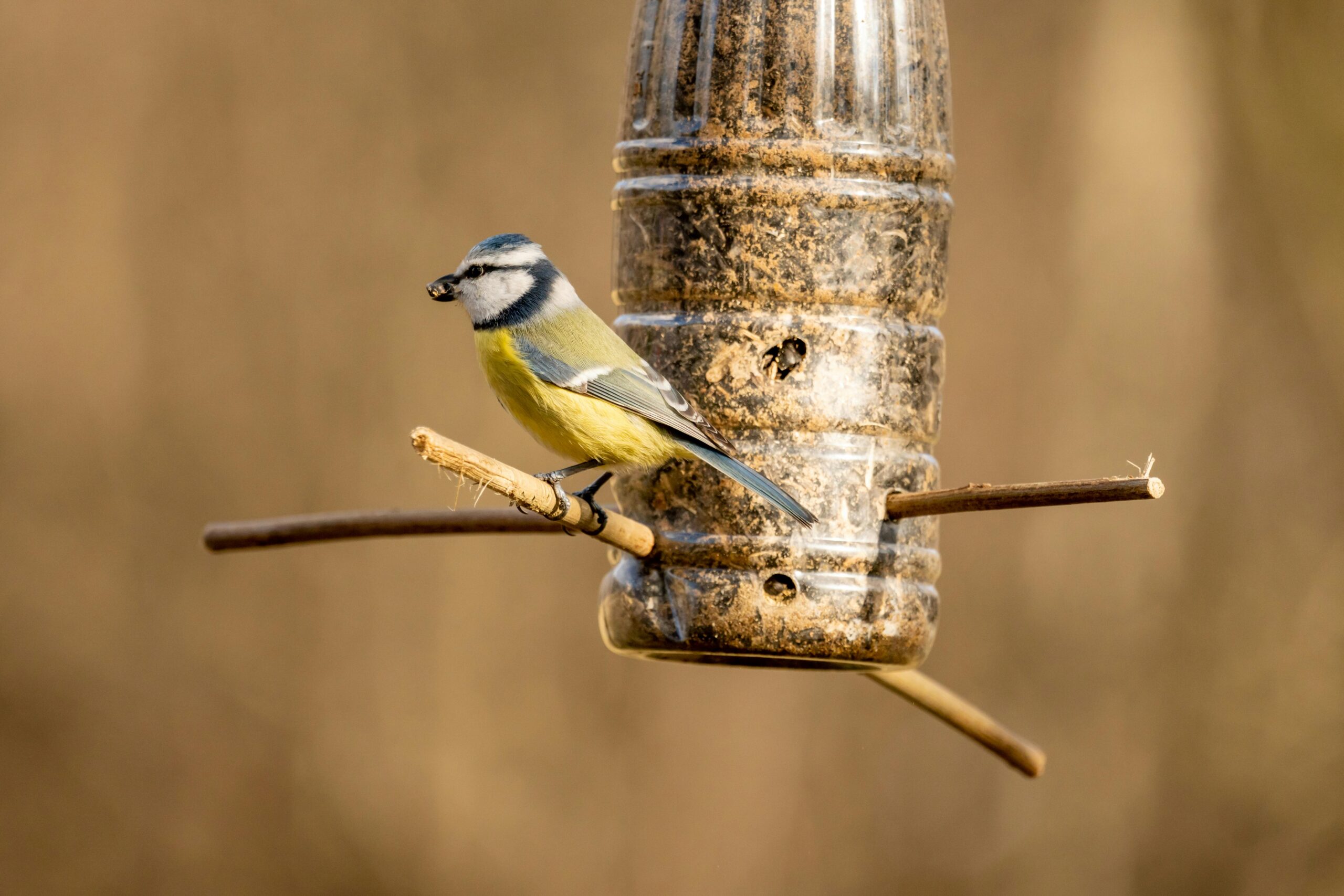
Attracting birds to your garden can help control pests naturally. You can make a feeder from items such as old jars, soda bottles, or scrap wood. Fill it with seeds or grains and hang it from a tree branch.
Birds will help keep insect populations down while adding life to your garden. You can also enjoy watching different species visit throughout the day. This project can be completed with items you already have at home.
Grass Clippings as Mulch
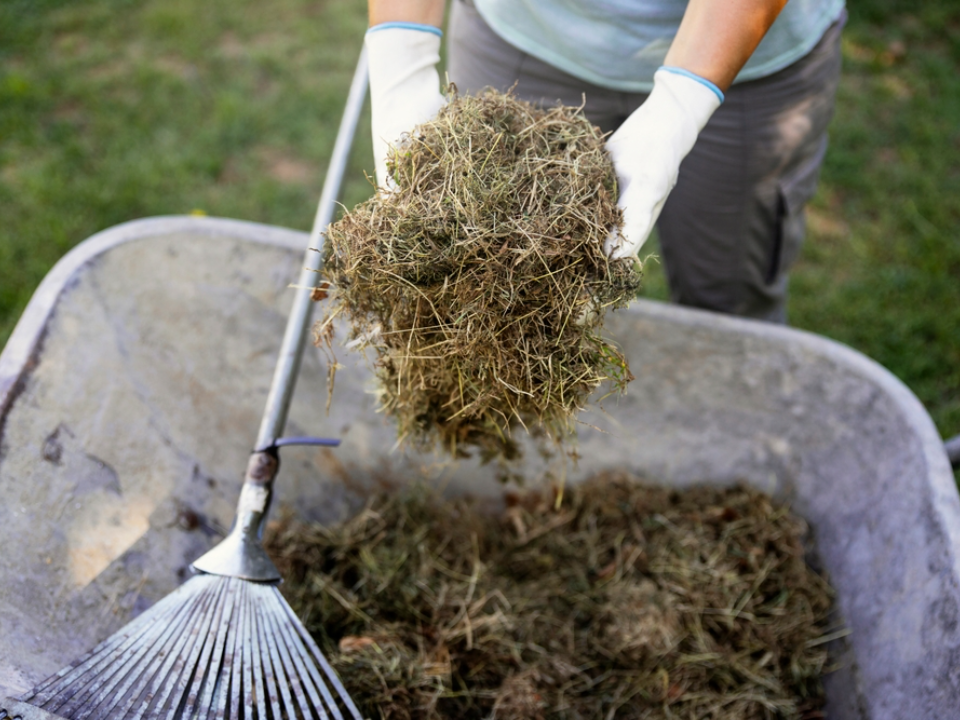
Freshly cut grass can be used as mulch to keep soil moist and prevent weeds. It is best to let the clippings dry for a day before applying them around plants. This prevents the mulch from compacting and creating a barrier against water.
Over time, the clippings break down and enrich the soil. This method works especially well in vegetable gardens where frequent watering is needed. Using clippings saves money and puts lawn waste to good use.
Create a Mini Greenhouse From Plastic Bottles
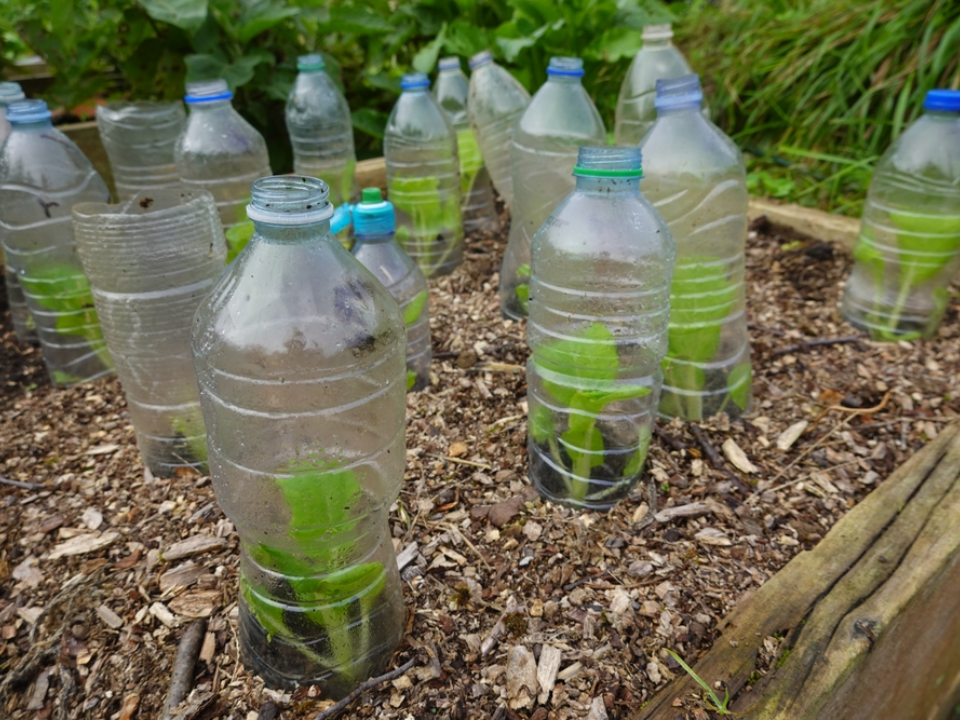
Cutting large plastic bottles in half can make protective covers for young plants. The top half can be placed over seedlings to protect them from wind, pests, and cooler temperatures. This creates a warm, humid environment for faster growth.
Remove the cap to allow airflow when needed. Once the plants are stronger, the covers can be removed and stored for future use. This is a great way to repurpose bottles while helping young plants thrive.
Free Fertilizer From Fireplace Ash
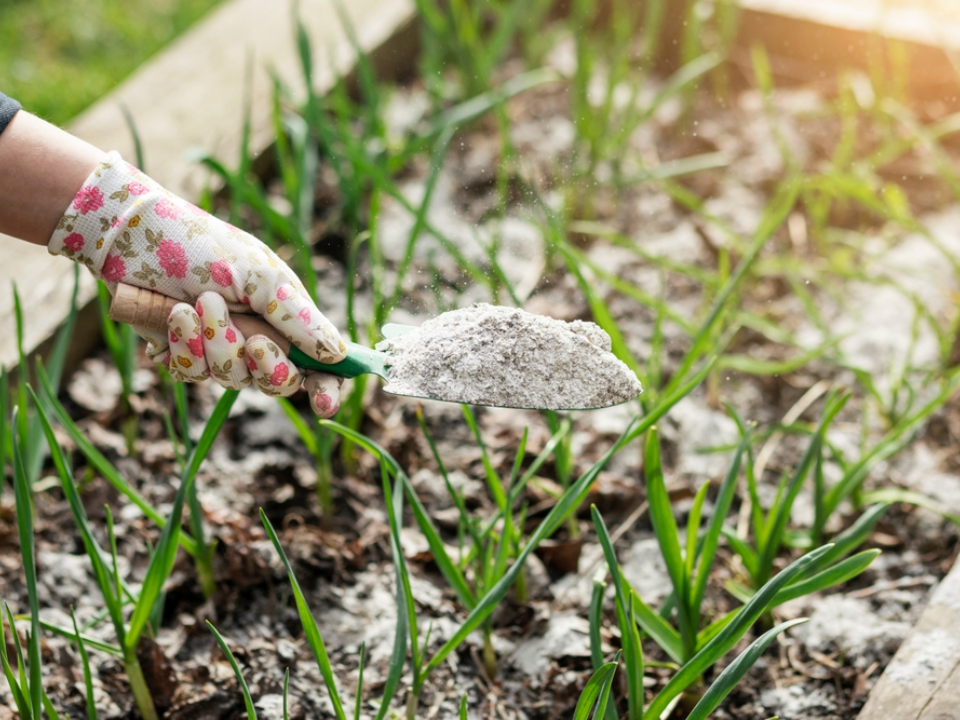
If you have a wood-burning fireplace, the ashes can be used to improve garden soil. Wood ash is high in potassium and can help raise the pH of acidic soil. It is best used sparingly, as too much can make the soil overly alkaline.
Sprinkle a thin layer around plants or mix it into the soil before planting. It is especially helpful for root vegetables such as carrots and beets. Always make sure the ash is completely cooled before using it in the garden.
Regrow Herbs From Cuttings
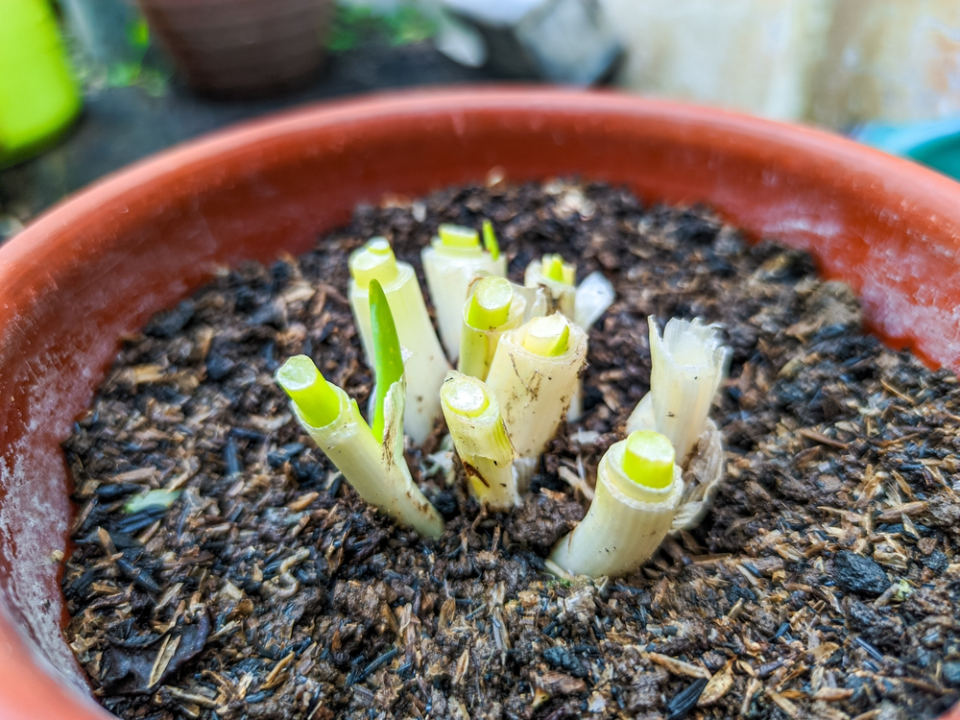
Many herbs can be grown from small stem cuttings instead of buying new plants. Basil, mint, rosemary, and oregano root easily in water or moist soil. This allows you to expand your herb garden at no cost.
Simply snip a healthy stem, remove the lower leaves, and place it in water until roots develop. Once rooted, transfer the cutting into a pot or garden bed. This is an easy way to keep a fresh supply of herbs year-round.
DIY Trellis From Branches
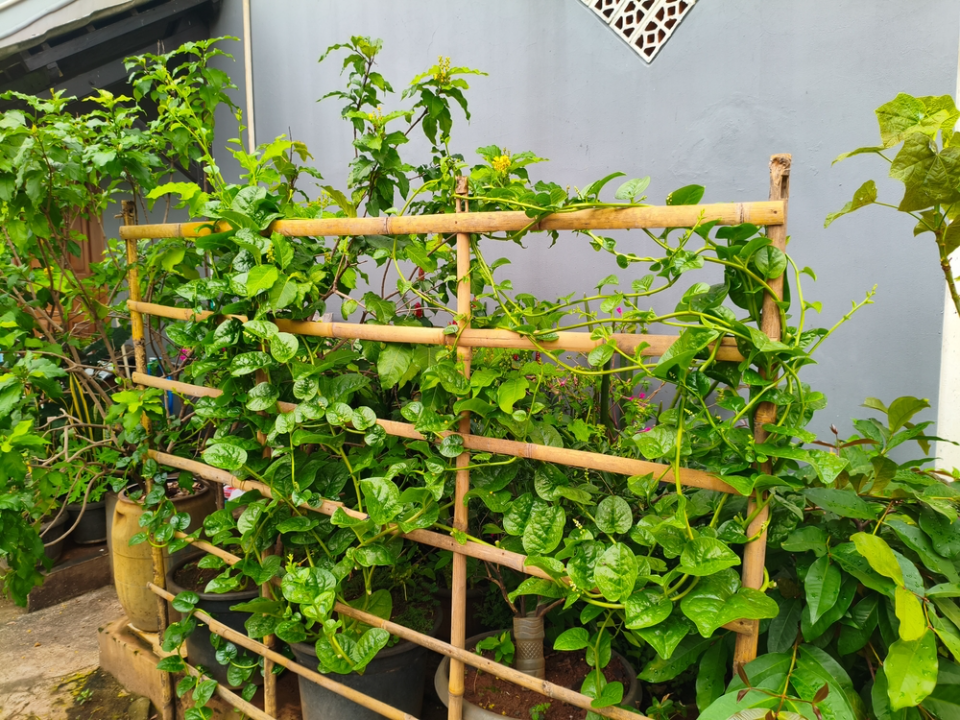
Instead of purchasing trellises, you can build one using sturdy branches or sticks. Arrange them into a simple frame and tie them together with twine or string. This provides climbing plants such as beans, peas, or cucumbers with the support they need.
Branch trellises blend naturally into the garden and can last for several seasons if cared for properly. This project requires no special tools and makes use of materials found outdoors. It is both practical and resourceful.
Potato Water for Root Crops
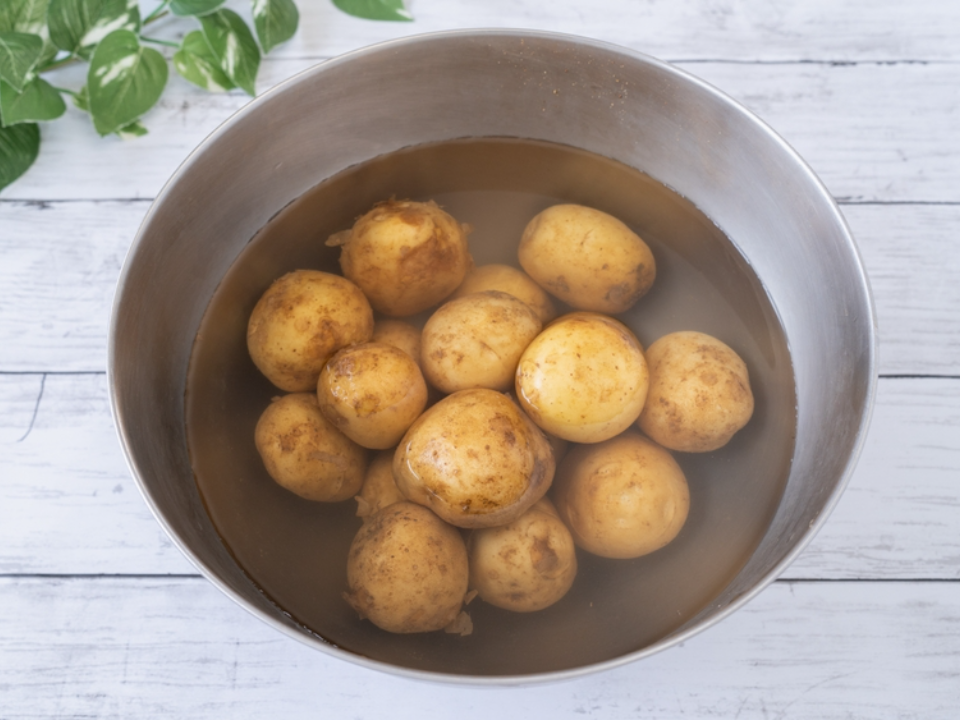
The water from boiling potatoes contains starch and nutrients that are beneficial for certain plants. Once cooled, it can be poured around the base of root crops like carrots, radishes, and beets. This can encourage healthy growth and stronger yields.
Be sure the water does not contain added salt. This free liquid feed is an easy addition to your gardening routine. It puts a common kitchen byproduct to good use in the garden.
Free Seedlings From Plant Swaps
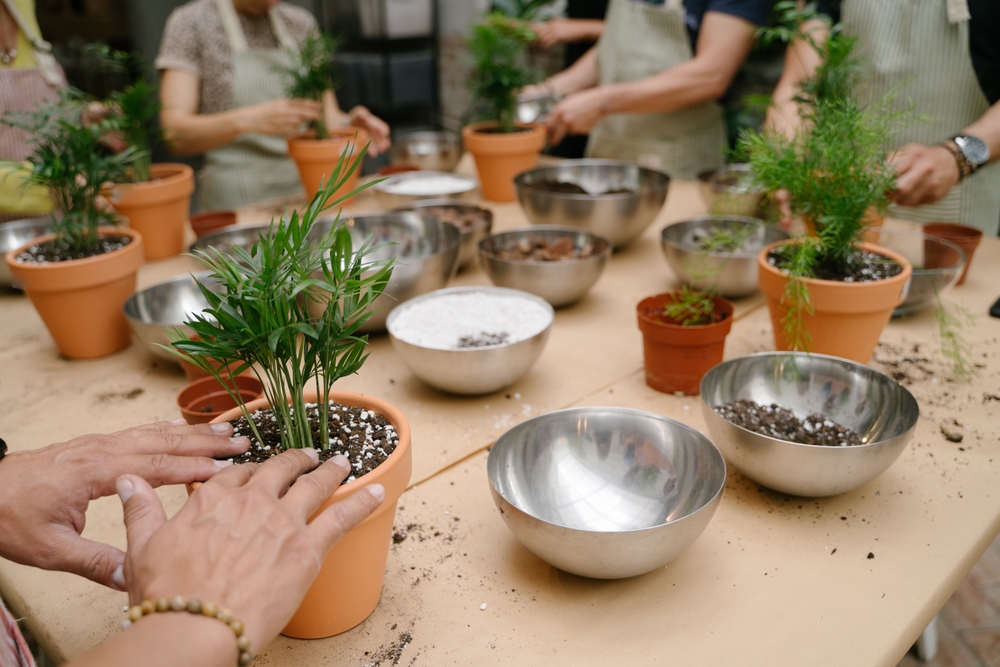
Many communities hold plant swap events where gardeners exchange seedlings and cuttings. This is a great way to add variety to your garden without spending money. You may also meet other gardeners who can share tips and advice.
If there are no official events nearby, you can arrange swaps with friends or neighbors. Even a small exchange can provide new plants for your garden. This builds connections while keeping gardening costs low.
Use Cardboard as a Weed Barrier
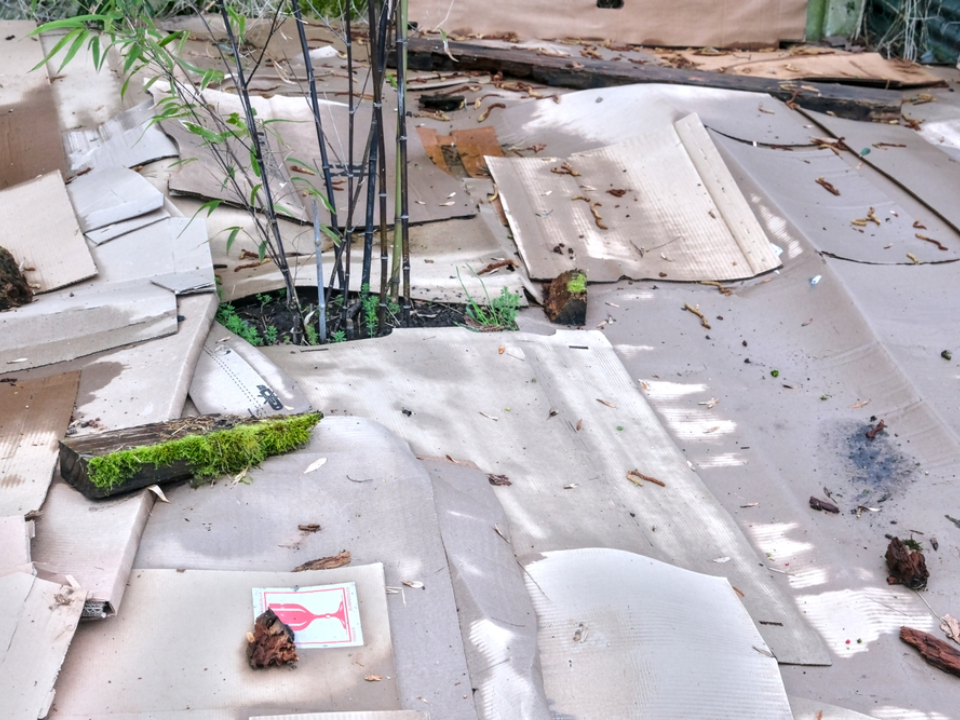
Large sheets of cardboard work well for blocking weeds in larger garden areas. Lay them flat on the soil and cover them with mulch or compost. Cardboard breaks down slowly, giving plants time to establish without weed competition.
This method is especially useful for starting new garden beds. It also recycles packaging material that would otherwise be discarded. Over time, the cardboard enriches the soil as it decomposes.
Homemade Vinegar Spray for Weeds
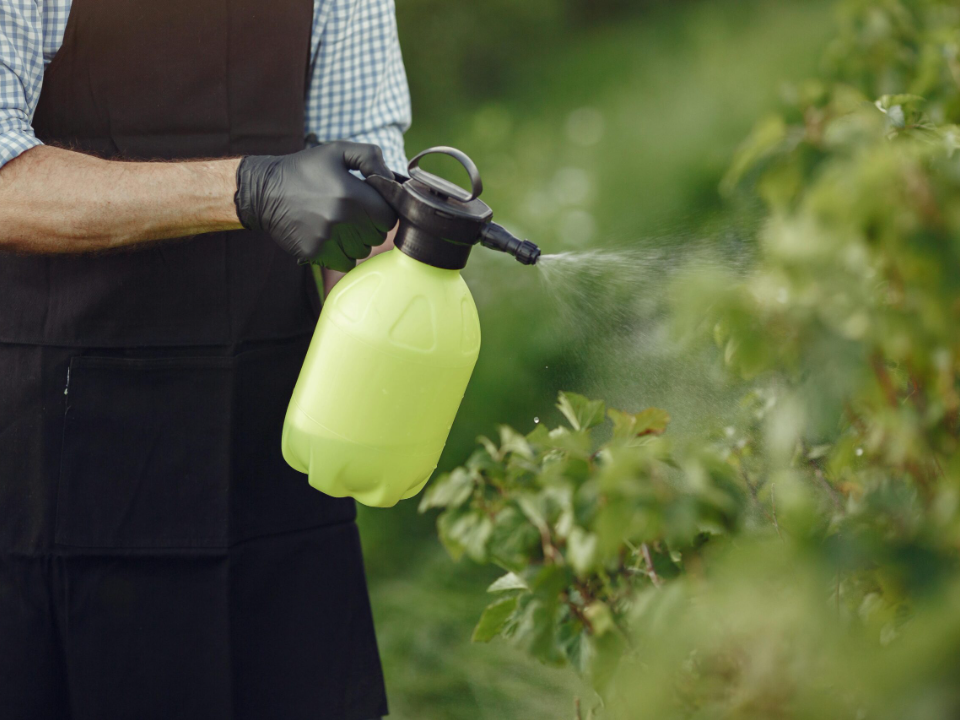
A simple mix of vinegar and water can help control weeds naturally. Spray the solution directly on unwanted plants during sunny weather for the best results. This works particularly well on weeds growing in cracks or pathways.
Avoid spraying near plants you want to keep, as vinegar can harm them. This solution is inexpensive and easy to make at home. It provides a chemical-free way to manage weeds.
Repurpose Old Containers as Planters
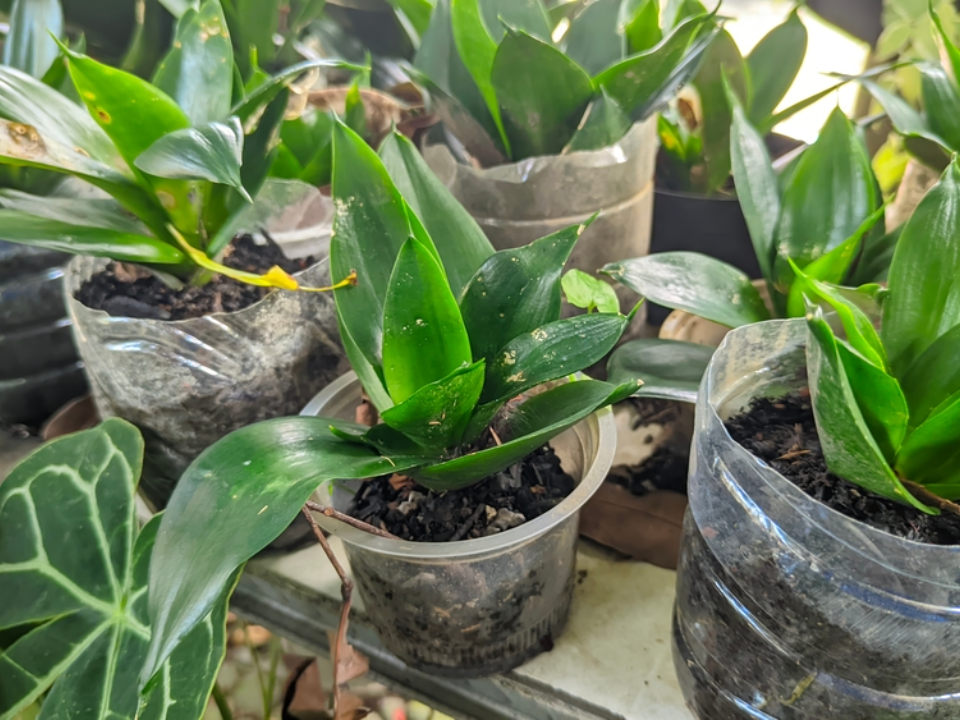
Many household items can be used as plant containers. Buckets, tins, baskets, and even broken kitchenware can be turned into planters with proper drainage holes. This reduces waste while providing unique garden displays.
Paint or decorate the containers for added charm. They can be used for flowers, herbs, or small vegetables. This approach is practical and creative, making the garden more personal without extra cost.
This article originally appeared on Avocadu.
